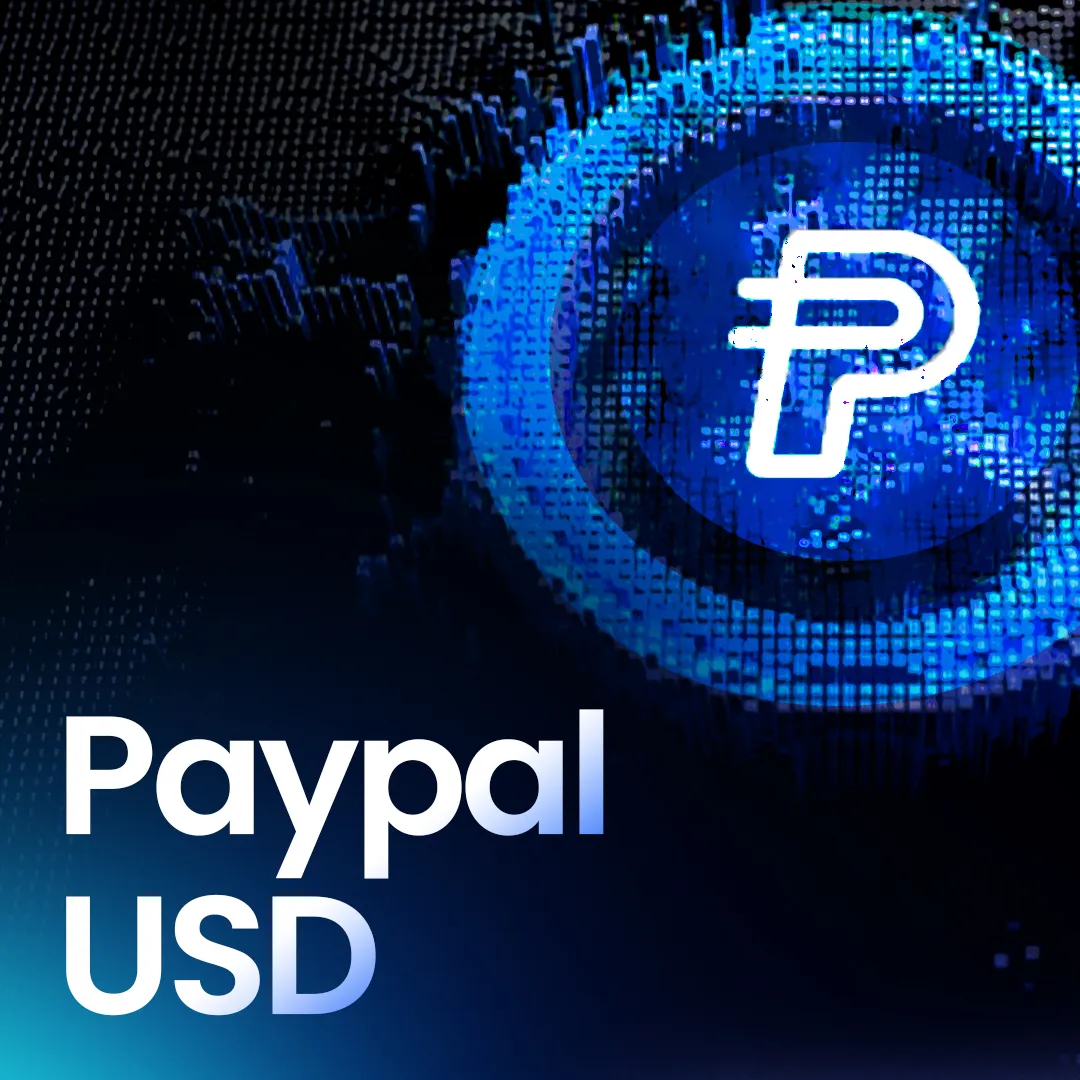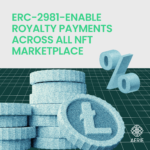PYUSD: PayPal’s Entry into Stablecoins

Stablecoins play a crucial role in the cryptocurrency ecosystem. Serving as a bridge between fiat and cryptocurrencies, they are often the most commonly held and traded crypto assets. Over the past few years, we have witnessed the decline of algorithmic stablecoins and their role in triggering bear markets. It seemed unlikely that a viable algorithmic stablecoin could emerge to fulfill its intended purpose. Meanwhile, asset-backed stablecoins have continued to be dominated by familiar names such as USDT, USDC, DAI, and BUSD. However, a new contender has entered the arena: PayPal USD (PYUSD). What sets it apart from its predecessors? Notably, it is the first stablecoin to be issued by a company outside the crypto industry.
What is PYUSD?
PYUSD is a new cryptocurrency product introduced by PayPal, the renowned fintech giant based in the U.S. It is a stablecoin fully backed by U.S. dollar deposits, including cash, short-term U.S. treasuries, and other cash equivalents. PYUSD can be redeemed on a 1:1 basis for U.S. dollars.
As outlined in the official newsletter, eligible U.S. PayPal customers who acquire PYUSD will have the ability to:
- Transfer PayPal USD between their PayPal accounts and compatible external wallets
- Conduct person-to-person (P2P) transactions using PYUSD
- Use PayPal USD to fund purchases by selecting it as a payment option at checkout
- Convert any of PayPal’s supported cryptocurrencies to and from PayPal USD
Adoptions
Before the introduction of PYUSD, the only means of acquiring stablecoins was through cryptocurrency companies such as Tether, Coinbase, Gemini, or centralized exchanges. With the advent of PYUSD, potential users have a new avenue to enter the crypto space through a widely recognized platform. As of 2023, PayPal boasts approximately 400 million active accounts. Additionally, Venmo, the famous American mobile payment app, has around 80 million users. The launch of PYUSD provides a convenient and accessible way for U.S. consumers to experiment with stablecoins in their everyday transactions.
Unsurprising Features
Like other stablecoins such as USDT and USDC, PYUSD’s smart contract also includes a freeze and delete function. In essence, PayPal can freeze users’ account balances and even erase their PYUSD holdings. Although such actions would typically only be carried out in compliance with law enforcement directives, the downside is that these centralized companies can effectively press a button and freeze or delete your assets from your wallet. Unsurprisingly, such functions are mandated for any entity wishing to launch and offer services within the U.S.
The 3 Signs From the Release of PYUSD
US Government’s Acceptance of Stablecoins
The U.S. government is actively working to regulate the cryptocurrency industry, with stablecoins being a top priority due to their direct impact on currencies, banks, and the overall financial system. The launch of PYUSD serves as a strong endorsement of stablecoin regulation. It also demonstrates that, as long as they comply with laws and meet the necessary requirements, such crypto products can be launched and operate seamlessly in the U.S. market — a feat that has historically been challenging.
Competition in the Stablecoin Market
Historically, stablecoins have been products offered exclusively by cryptocurrency companies. However, PayPal’s entry into the market with PYUSD could pave the way for other payment companies and financial institutions to launch their own stablecoins, potentially leading to a competitive landscape akin to private company-issued Central Bank Digital Currencies (CBDCs). These companies and institutions can capitalize on their large user bases, who are primarily interested in a convenient gateway to the web3 space. The current trend appears to favor building stablecoin products on top of existing infrastructure, such as Ethereum, rather than creating entirely new permissionless and decentralized blockchains.
Adoption with Utility
Compared to other buzzworthy concepts in the Web3 space, such as Metaverse, NFTs, DeFi, and DAOs, stablecoins used as digital payment mediums seem much more accessible to the average user. From a user’s perspective, the experience doesn’t change much; it’s simply a new type of currency to use. Moreover, with the growing adoption and interest in digital assets, like Bitcoin ETFs, and increasing regulations, it’s only a matter of time before crypto assets become widely available to users. Using regulated stablecoins could be a stepping stone to prepare the infrastructure for mass adoption.
However, the rising adoption of regulated stablecoins may deviate from the original intention of cryptocurrencies: to provide users financial freedom. Permissionless and decentralization are the ideals to strive for. Once users become habituated to stablecoins that are essentially CBDCs in disguise, even though we may all be exploring and accessing the Web3 world, institutions, and governments could still monitor our actions.
Final Thoughts
Currently, PYUSD is only available to U.S. users, and market reactions may indicate that the product is appealing to users. As previously mentioned, PYUSD could provide users a more accessible entry into the web3 world, but that’s a potential future utility. If there are no clear advantages, users might simply abandon it after the initial novelty wears off, much like what happened with AI.
Ultimately, I encourage everyone to try using stablecoins to drive adoption and support the development of more use cases. However, in the long run, choosing options that promote a future of digital freedom is essential.









